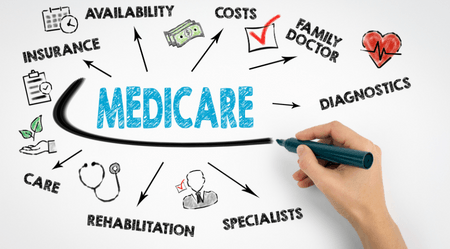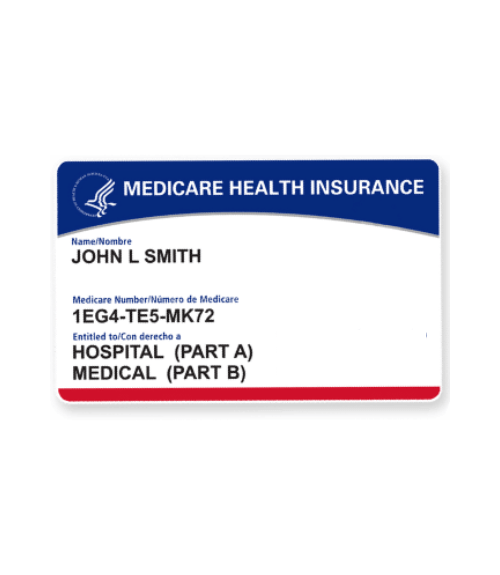Medicare 101: Part 1

In this article, which is Part 1 of 2, we will go over the basics of Medicare and what you need to know about Medicare.
You’ve probably heard of Medicare Part A, Part B, Part C, and Part D, but what do they mean? Don’t worry – we will go over it all!
One of the first things to know about is the “Medicare and You Handbook.” This is a free resource created by the government and is available to anyone, for free. It includes a summary of Medicare Benefits, your rights and protections, as well as available health and drug plans. Also, it has answers to frequently asked questions about Medicare. All in all, the “Medicare and You Handbook” is a great resource to have at hand as you approach Medicare and begin learning about it
There are a few ways to get your handbook:
- It is sent to all Medicare households each fall (usually late September)
- Log-on to mymedicare.gov and receive it via email.
- Call Medicare at 1-800-MEDICARE and have them send it to your home address
- Go to your local Social Security office and get one
One important thing to note, is that by being informed about your healthcare, you will be able to avoid any coverage gaps. A coverage gap is exactly what it sounds like – a period of time in which you don’t have any sort of insurance coverage. In the event of you needing to use medical services, or a hospital visit, you will be responsible for all costs.
For anyone that chooses to have Affordable Senior Network help them with their healthcare, we will always make sure you are aware well before any potential coverage gaps. We make sure you are covered at all times. No one likes surprises when it comes to their healthcare, and we take extra care to keep you informed and ready at all times.
You may have heard of Original Medicare before. Original Medicare? What is that?
Original Medicare is Medicare Part A and Part B. Part A is the hospital insurance part of Medicare. This covers the room and board in the hospital, as well as skilled nursing.
Part B of Original Medicare is the medical coverage of Medicare, and this pays up to 80% toward your bills of the Medicare approved amount.
One important thing to note is that Original Medicare Parts A and B do not cover the prescription drugs you might need. Medicare Part D Prescription Drug plans exist to cover the medications that you would get prescribed and purchase from a pharmacy.
A good option to Original Medicare Part A and B is a Medicare Advantage plan (Also known as Part C.) Part C, Medicare Advantage Plans are plans that include Part A and Part B, and many times Part D as well. In the case that your Medicare Advantage plan doesn’t include a Part D Prescription Drug Plan, you can always add one to it to get that coverage.
When should I enroll in these plans?
It depends – there are a few Enrollment Periods you should know about. If you aren’t sure about what is included in Medicare Advantage or Supplements, you can reach about them here. Medicare Advantage and Medicare Supplements.
The most common answer to this question is that the best time to enroll is during the Initial Enrollment Period, which is based on when your 65th birthday is. The Initial Enrollment Period starts 3 months before your 65th birthday, includes your birth month, and extends to 3 months after your birthday.
If you choose not to enroll in a Medicare Advantage or Part D plan during the initial enrollment period, you can always change plans or get a new plan during the Annual Enrollment Period (AEP), which starts October 15th and lasts until December 7th each year.
During AEP, you can change or add a plan, but they won’t start coverage until January 1st. If you choose to disenroll from a Medicare Advantage plan and switch back to original Medicare, you can do so from January 1st to February 14th.
You may have heard of the Open Enrollment Period, which lasts six months. It begins on the first day of the month in which you turn 65, and enrolled in Part B. Some people choose to delay Part B enrollment, but you can always enroll later in it.
When your Part B coverage does start, you can apply for a Medicare Supplement plan from 3-6 months before you need the coverage to start. This will make sure you have the coverage you need, when you need it.
That is it for Part 1. In Part 2, we’ll go over what Medicare actually pays for, and what you will have to pay. In the meantime, we hope you enjoyed this article. And if you ever have any questions, please don’t hesitate to send them to us via email, phone call, or the contact us button above.




